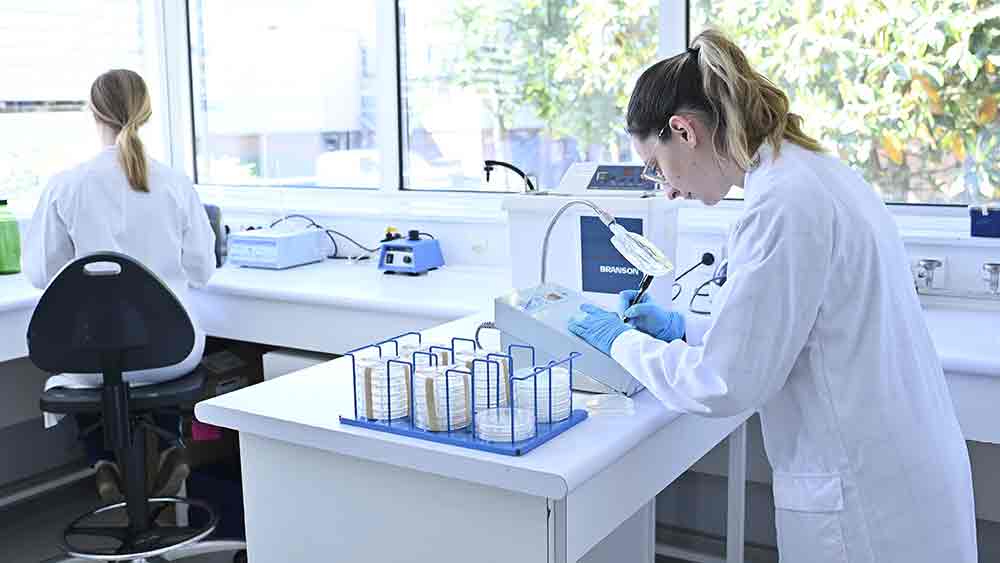Nos eaux usées sont le reflet de nos modes de vie. Les activités d’assainissement de l’eau peuvent représenter un outil de veille sanitaire précieux pour les collectivités.
Un outil d’aide à la décision pour lutter contre l’épidémie
Pendant la crise sanitaire de 2019, nous avons développé la solution Covid-19 City Watch, pour détecter à l’aide de biologie moléculaire la présence du génome du virus dans les eaux usées.
Covid-19 City Watch est un véritable système de surveillance pour suivre l'évolution du virus dans une ville et anticiper l'apparition d'éventuels nouveaux foyers dans la population.
Il s’appuie sur les recherches scientifiques ayant établi que la charge virale présente dans les eaux usées constitue un marqueur pertinent et précoce (2 à 5 jours) de la circulation du virus dans les populations. Le dispositif alerte de l’émergence de nouveaux foyers dès la phase de contamination avant l’apparition éventuelle de symptômes.
Il s’appuie sur les recherches scientifiques ayant établi que la charge virale présente dans les eaux usées constitue un marqueur pertinent et précoce (2 à 5 jours) de la circulation du virus dans les populations. Le dispositif alerte de l’émergence de nouveaux foyers dès la phase de contamination avant l’apparition éventuelle de symptômes.
Multivirus City Watch, les eaux usées au service de la santé publique
Nous développons aujourd’hui un outil innovant, Multivirus City Watch, pour aider à la détection et au suivi d’autres épidémies : grippe, bronchiolite, gastro-entérite, hépatite virale.
La solution s’oriente vers un système automatisé de prélèvement et d’analyse, développé en collaboration avec des startups et implantable directement sur site. Les prélèvements en eaux usées sont effectués en entrée de stations d’épuration.
Multivirus City Watch est l'une des premières solutions de ce type sur le marché permettant de devancer les obligations européennes de surveillance de virus dans les eaux usées qui pourraient découler de la future Directive Eaux Résiduaires Urbaines.
Multivirus City Watch est l'une des premières solutions de ce type sur le marché permettant de devancer les obligations européennes de surveillance de virus dans les eaux usées qui pourraient découler de la future Directive Eaux Résiduaires Urbaines.

La solution Multivirus City Watch est expérimentée sur plusieurs stations d’épuration en France. Elle a permis de suivre les tendances des épidémies de bronchiolite, grippe et gastroentérite de l'hiver 2022.

